
Most Popular Fruit Trees of Australia Fruit trees, Fruit plants, Edible garden
Tucker Bush Schools Program. The Tucker Bush Schools Program assists schools in establishing their own bush tucker gardens, enriching the learning environment with native edible plants. Our dream is to see bushfood gardens in schools all over the country, helping young Australians develop a stronger connection to nature and their food supply.
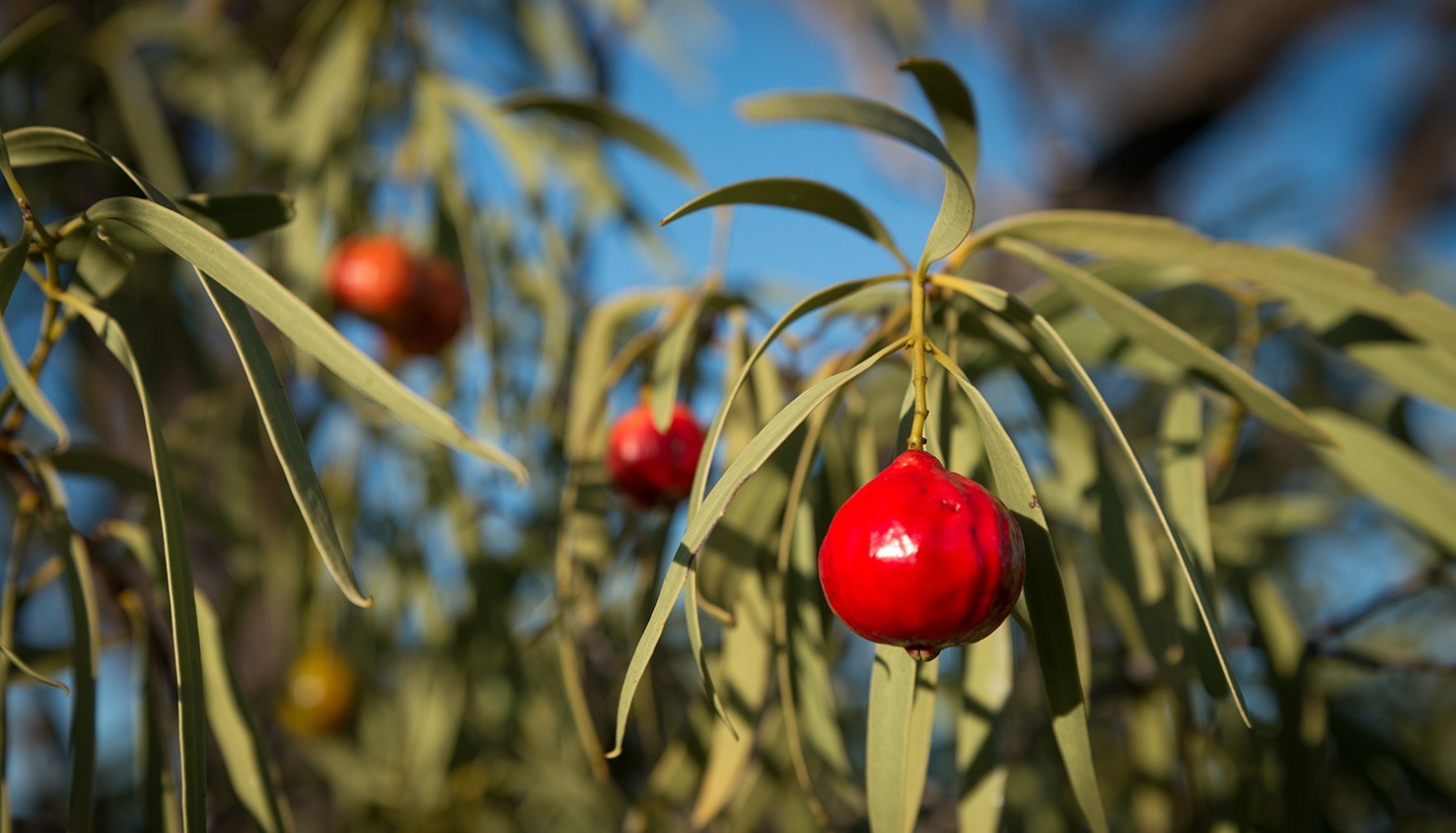
Santalum,Acuminatum,,Desert,Bush,Tucker,Peach,Quandong.,Australian,Native,Fruit Eativity
Native gardenia fruit can be eaten raw. It can also be used in salads, tarts, jams, cakes and other desserts. The fruit isn't overly sweet on its own (it has high acidity), but is great when combined with other foods or ingredients and adds a unique richness. The actual taste of the fruit varies. Different plants will have different tasting.
Native Fruit Trees Australia Snowberries there's no berries like them Features ABC
Diploglottis australis, known as the native tamarind, is a well known rainforest tree of eastern Australia. It is easily identified by the large sausage shaped leaflets.. The native tamarind is valued as an indigenous fruit tree because the aril may be eaten raw or added to jams and chutneys. It also is used as the basis for a tangy cool drink.

Native Fruit Trees Australia Snowberries there's no berries like them Features ABC
Australian Native Fruit Trees . Illawarra plum tree. The fruit-bearing Illawarra is a slow-growing tree that you can actually grow in a pot. But when cultivated openly, it can reach 8-12m in height.. Native Australian Tree Care. Most trees will be fairly drought tolerant, and would rather dry out between waterings than have too-moist.
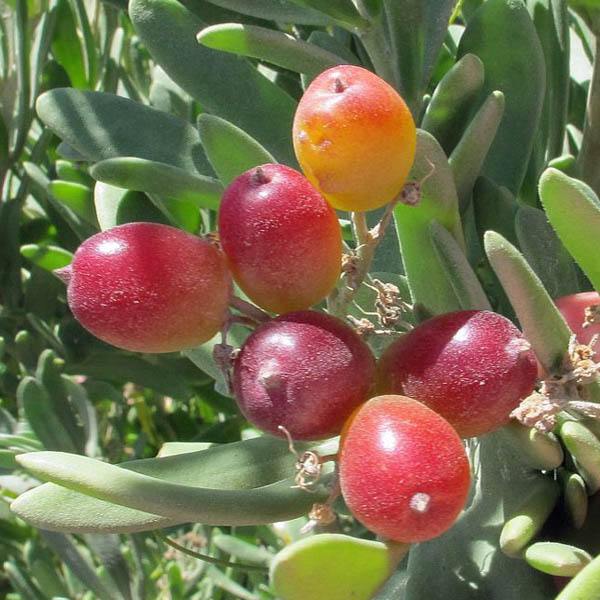
Native Fruit Trees Australia Snowberries there's no berries like them Features ABC
Trees, shrubs and climbers abound with fruit of every colour, shape and size imaginable; from the 22 cm banana-shaped scrub breadfruit of Cape York, to the pea-sized rolypoly satinash, which looks something like a miniature purple pumpkin.Rainforest fruits can be extremely poisonous and difficult to identify, so it's best to enjoy these bountiful beauties with your eyes, not your tastebuds.
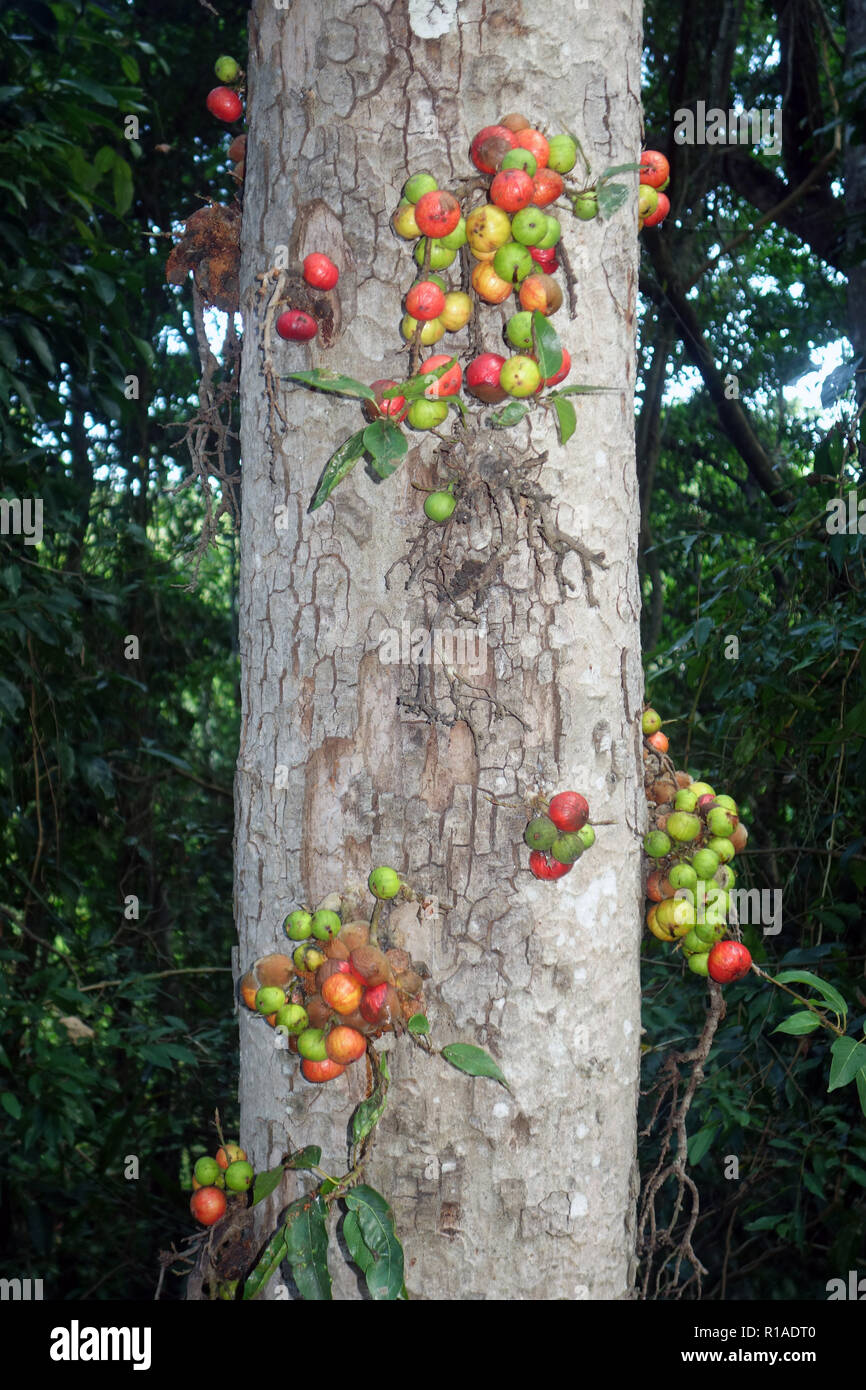
Australian native fruits hires stock photography and images Alamy
AUSTRALIAN NATIVE FRUIT TREES Illawarra Plum Tree (Podocarpus Elatus) This fruit-bearing tree is slow growing and can be grown in a pot. If you grow it in the soil directly, it can reach 40 meters tall. If you want it to bear fruit, grow one male and a female plant together.

A Guide To Bush Tucker Australia's Native Foods
Brachychiton acerifolius is a large tree of the family Malvaceae endemic to tropical and subtropical regions on the east coast of Australia.It is famous for the bright red bell-shaped flowers that often cover the whole tree when it is leafless. It is commonly known as the flame tree, Illawarra flame tree, lacebark tree, or (along with other members of the genus) kurrajong.

Australian Native Plant Profile Wombat Berry (Eustrephus latifolius) Dengarden
Over the years, Deidrie and Angus have experimented with propagating all kinds of native plants - like the Davidson's Plum. Deidrie makes jam and propagates the tree from the fruit at the same.
Daleys Fruit Tree Blog March 2015
2. Illawarra Plum Tree. Illawarra Plum Tree. Podocarpus elatus, the scientific name for the Illawarra Plum tree, is a magnificent native Australian tree that is widely prized for its flavourful and nourishing fruit. It is mainly found in the Illawarra region of New South Wales, along Australia's east coast.

Native Fruit Trees Australia Snowberries there's no berries like them Features ABC
Banksia is another iconic Australian native tree, and can be found across the nation. With serrated leaves and big flower spikes, these trees can grow to around 12m tall depending on the variety.

Pink fruit of Australian native Lilly Pilly (Syzygium australe) tree Stock Photo Alamy
THANKS TO indigenous bush-cooking initiatives, increased success with commercial crops and publicity from high-profile chefs, a range of Australian bush herbs and spices is trickling into our gardens, nurseries and supermarkets.. While Australia's indigenous peoples have long enjoyed the flavours and nutritional benefits of native plants, many Australians have yet to sample the smorgasbord.

Quandong Local Fruit From Australia
And for fabulous low-maintenance tub plants, dwarf acacias like 'Limelight' and 'Green Mist' are winners.". There are many stunning Australian native plants to choose from, here is a top 30 list of some of the most popular. 1. Australian daisy (Brachyscome) 2. Banksia (Banksias)

Austromyrtus dulcis. Midyim Berry. A bush tucker plant that produces masses of pea sized fruit
Here are some of the best Australian fruit trees (fruit trees that can be grown in Australia, rather than native fruit trees). Apple tree. Apples grow best in cool, arid and temperate climates, and there is a wide variety of cultivars available for the home gardener. When planting, choose a sunny spot and fertile, well-drained soil.
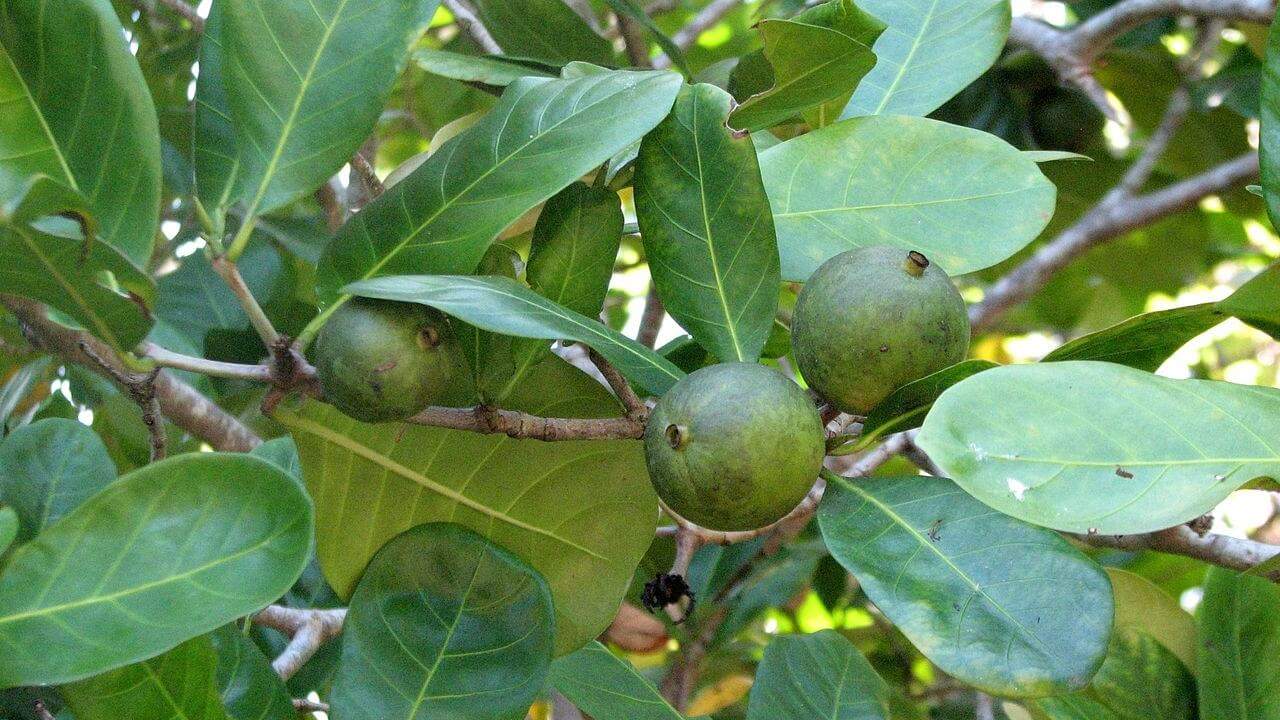
Fruit Trees Home Gardening Apple, Cherry, Pear, Plum Australian Native Fruit Trees List
The 1889 book Useful native plants of Australia states that "The dry acidulous pulp of the fruit is eaten. It has an agreeable taste, like cream of tartar". European use of the trees has included letter boxes and jails. The leaves may see a future use prepared as food, due to their high iron content.
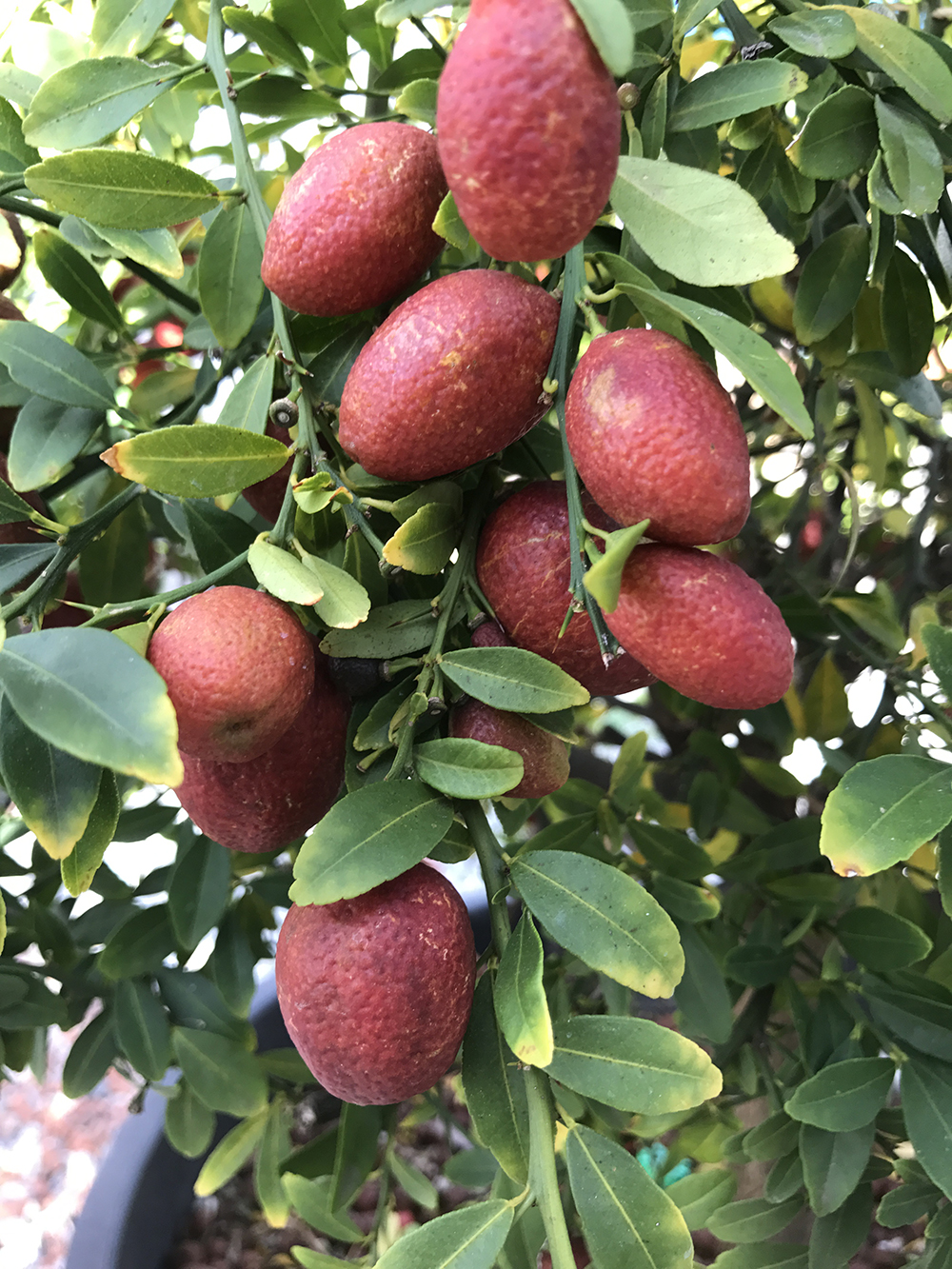
Fruit Tree Nursery Western Australia Fruit Trees
Syzygium smithii (formerly Acmena smithii) is a summer-flowering, winter-fruiting evergreen tree, native to Australia and belonging to the myrtle family Myrtaceae. It shares the common name "lilly pilly" with several other plants.It is planted as shrubs or hedgerows, and features: rough, woody bark; cream and green smooth, waxy leaves; flushes of pink new growth; and white to maroon edible.

Elaeocarpus grandis fruit Australian native plants, Australian plants, Fruit
The native finger lime is a small, thorny evergreen shrub, but its petite, oval (finger-shaped) fruit is tasty and rewarding to grow. Inside the skin are small, tangy beads of citrus pulp. This tree can be pruned and shaped. There are many named varieties with fruit with green, pink, red, yellow or orange tinged colours. Height: 2-7m; width: 2-5m.